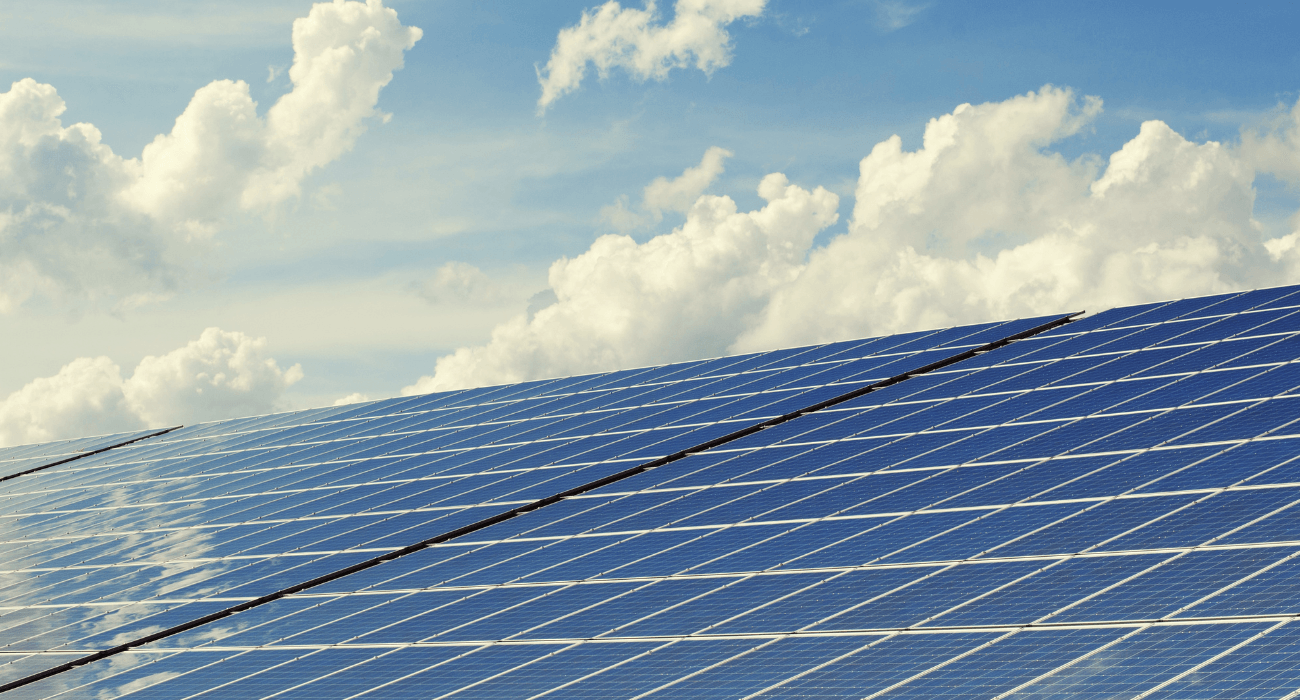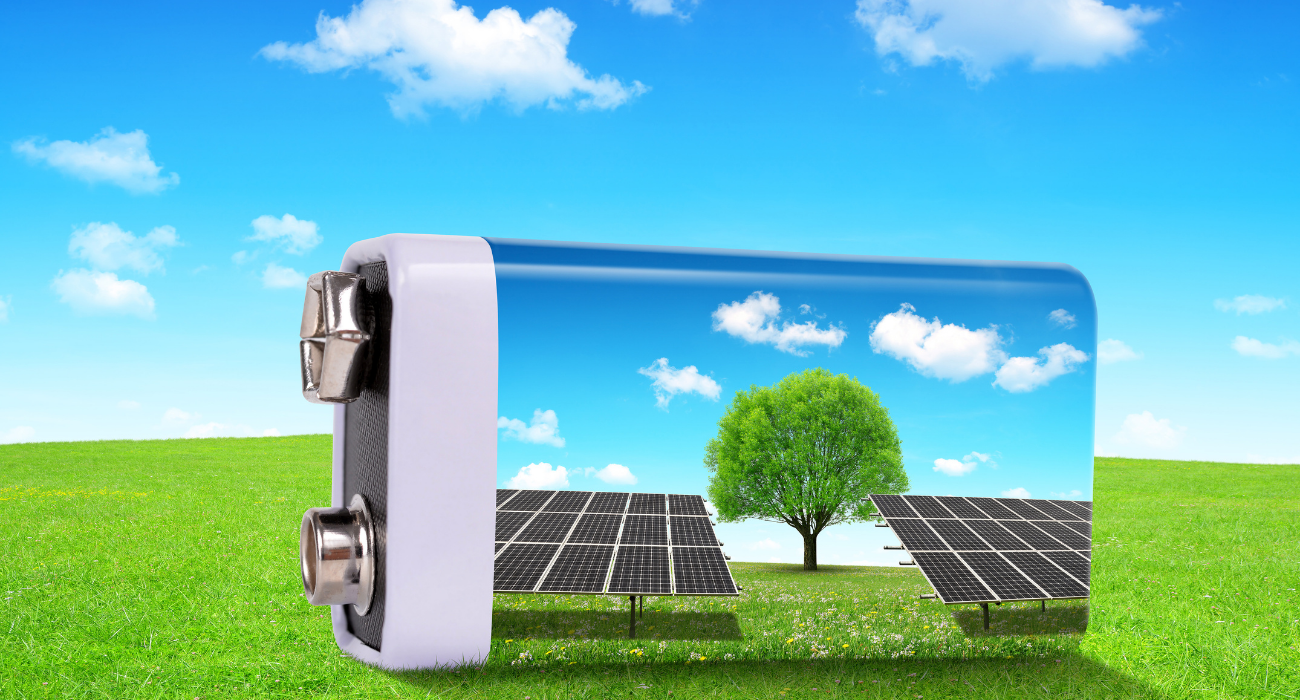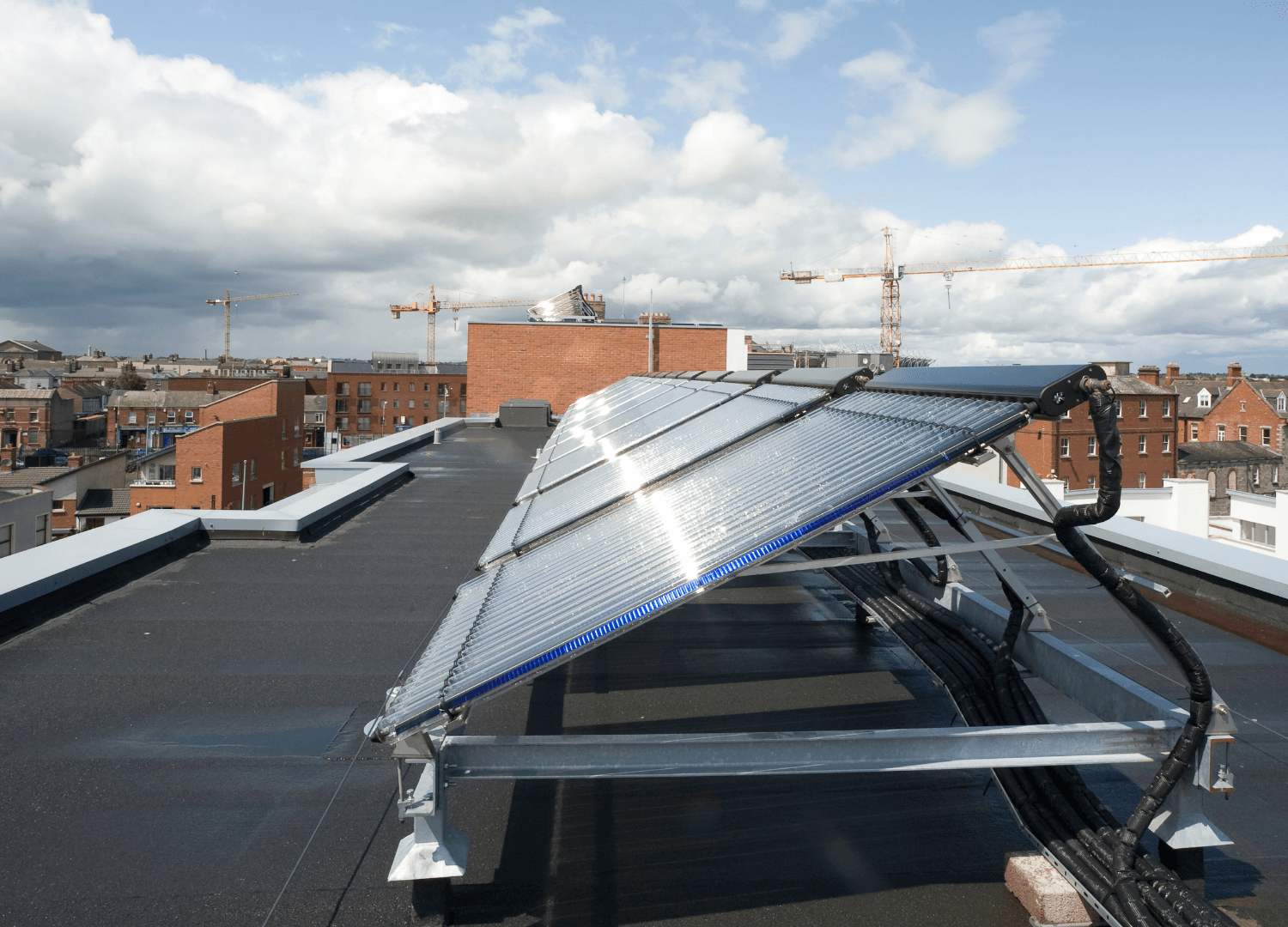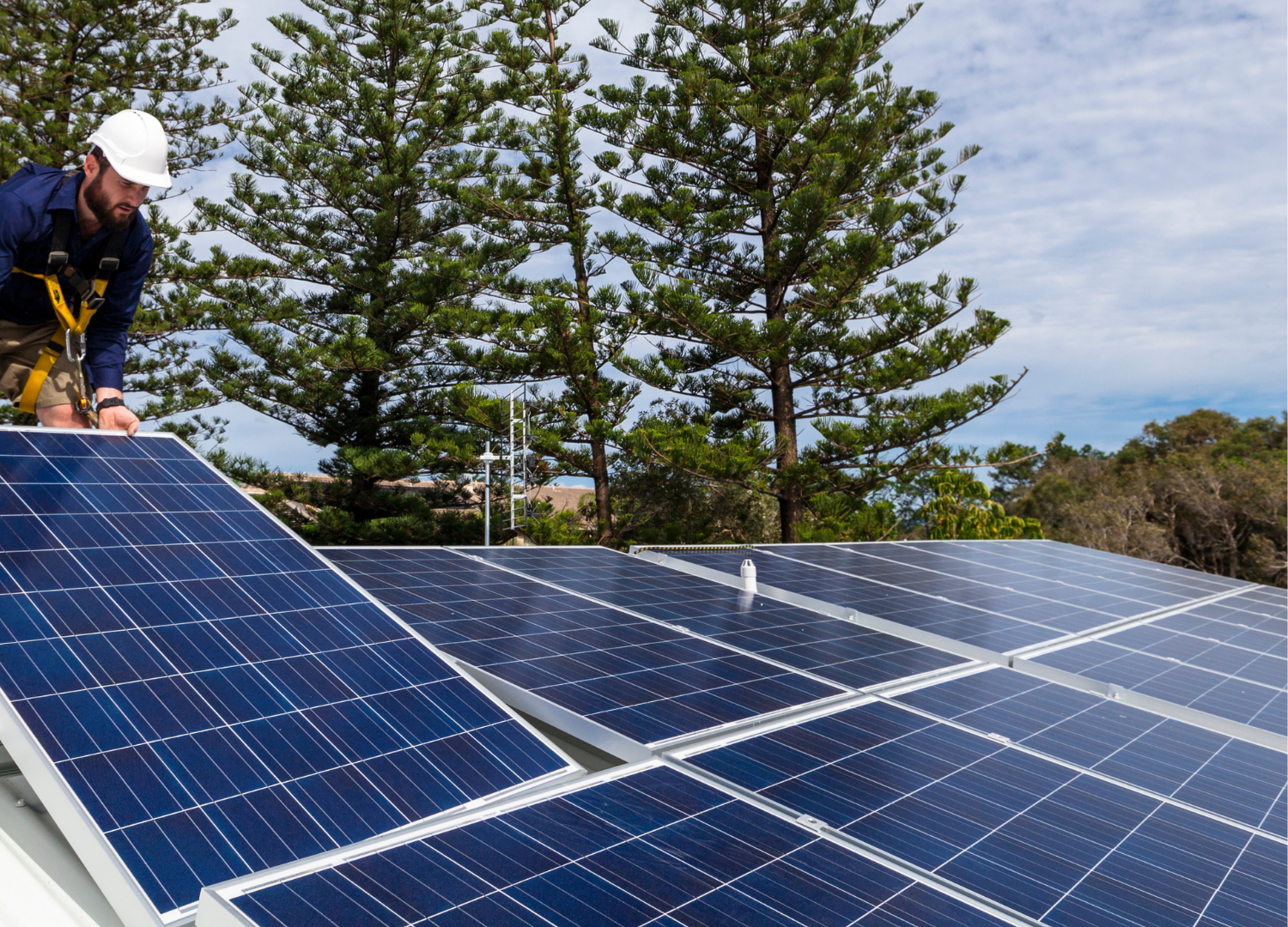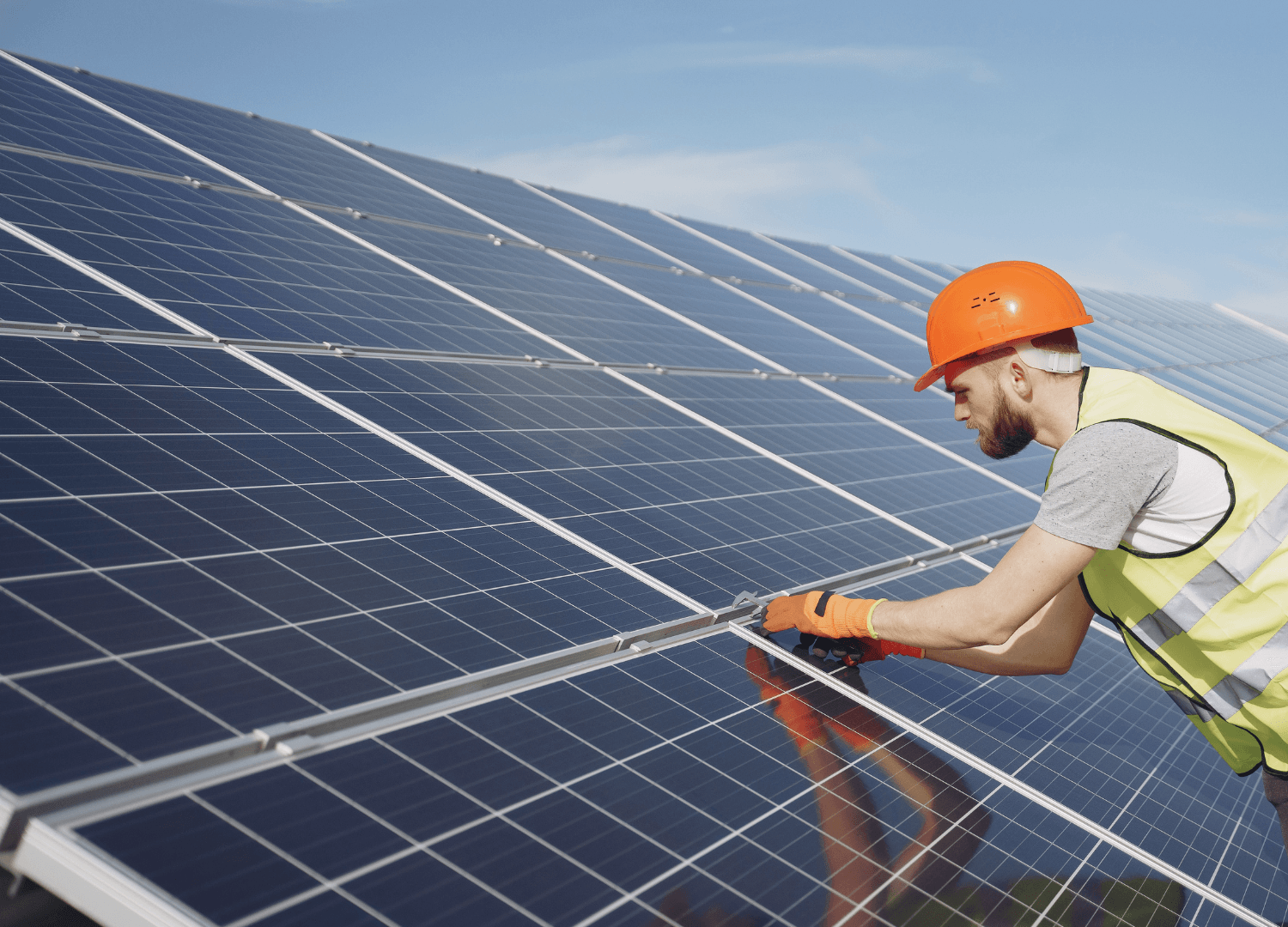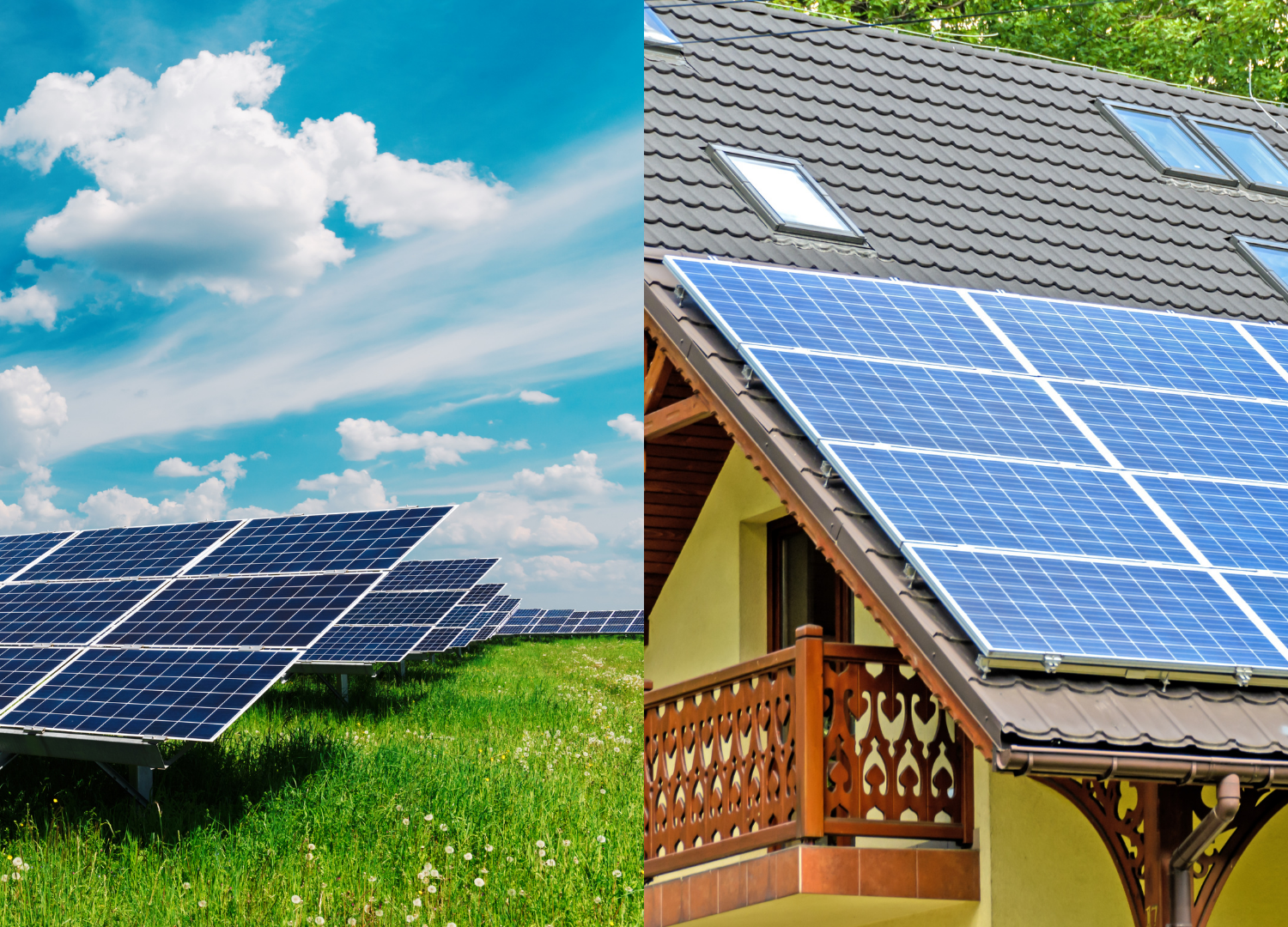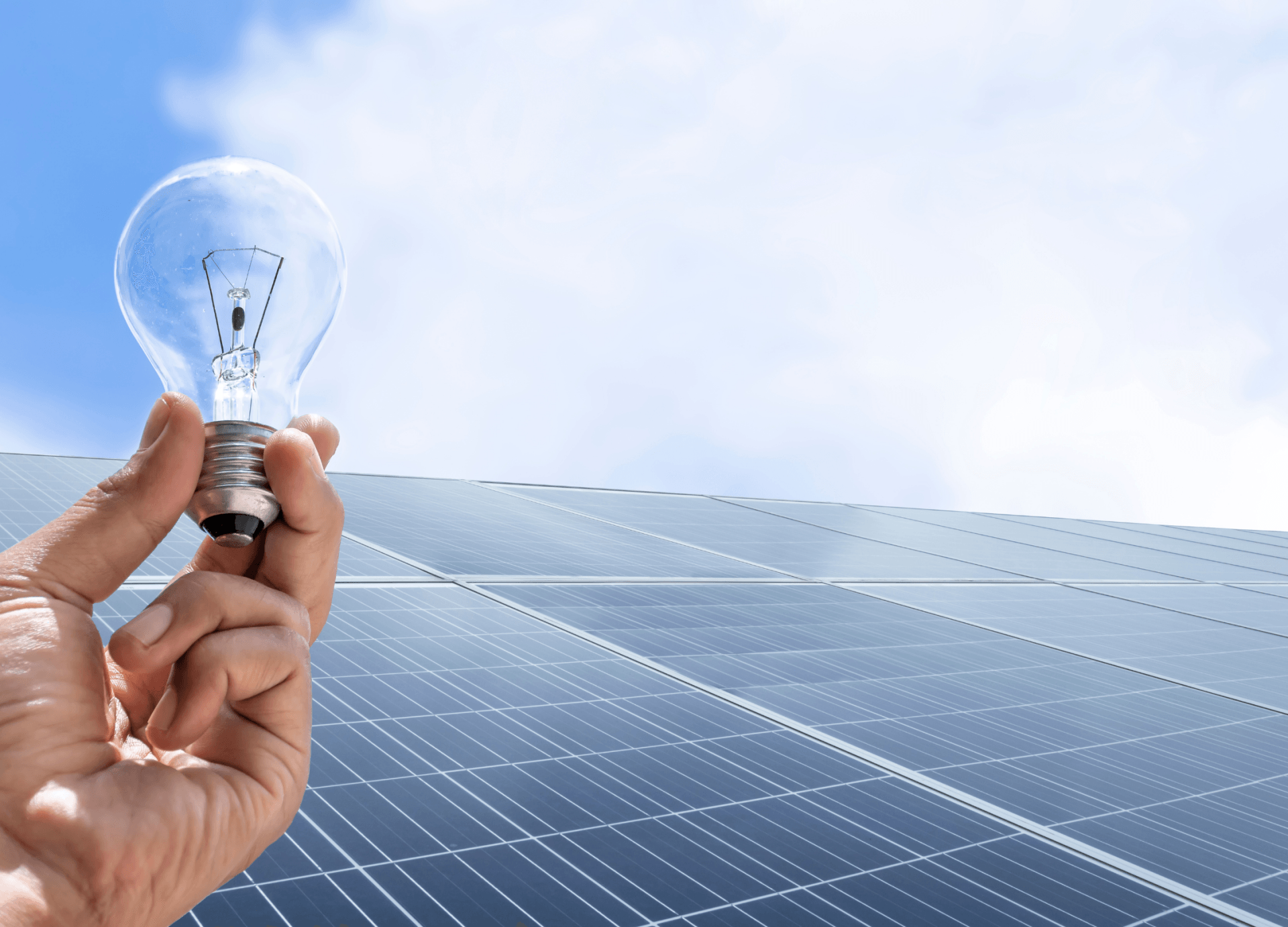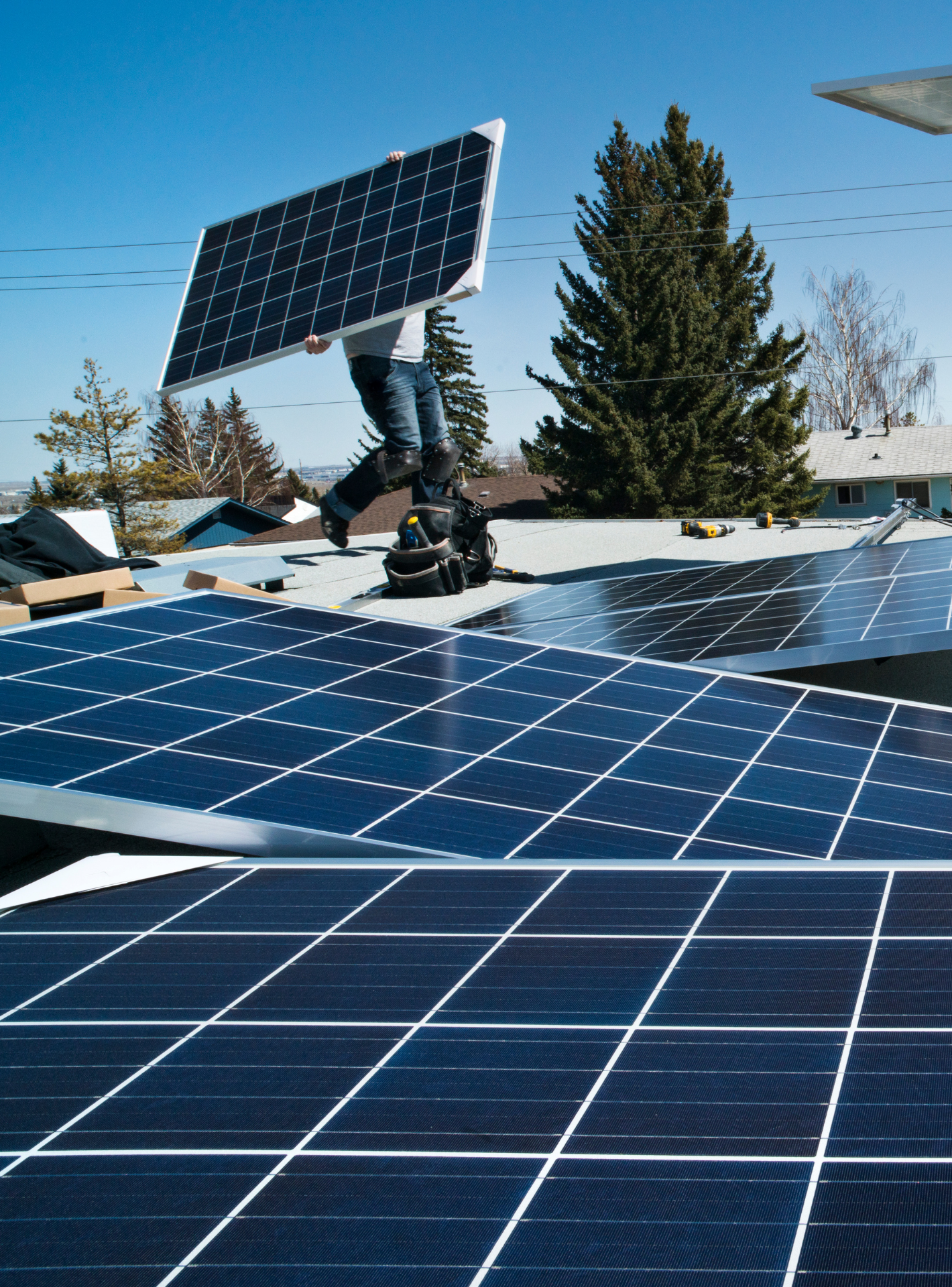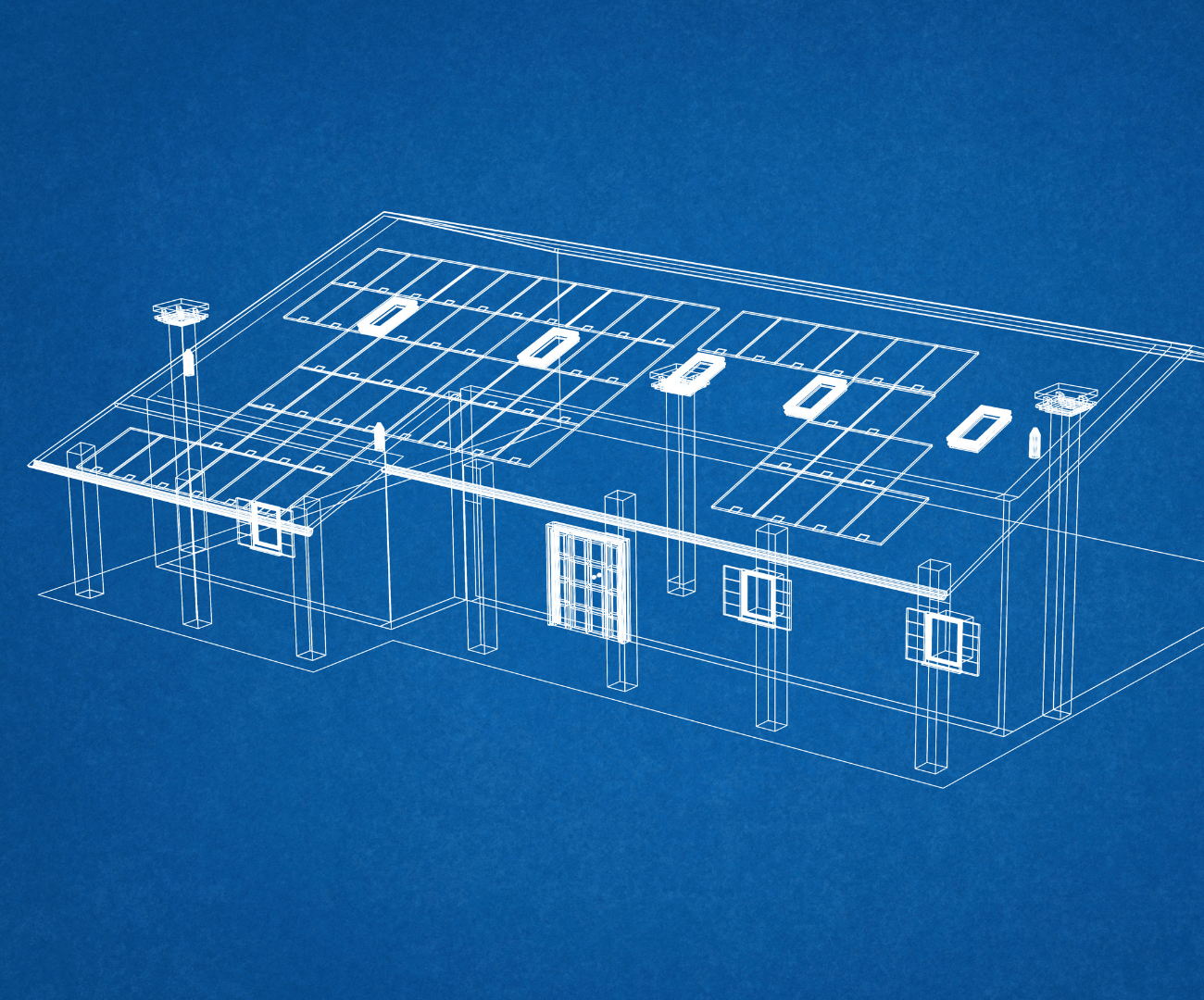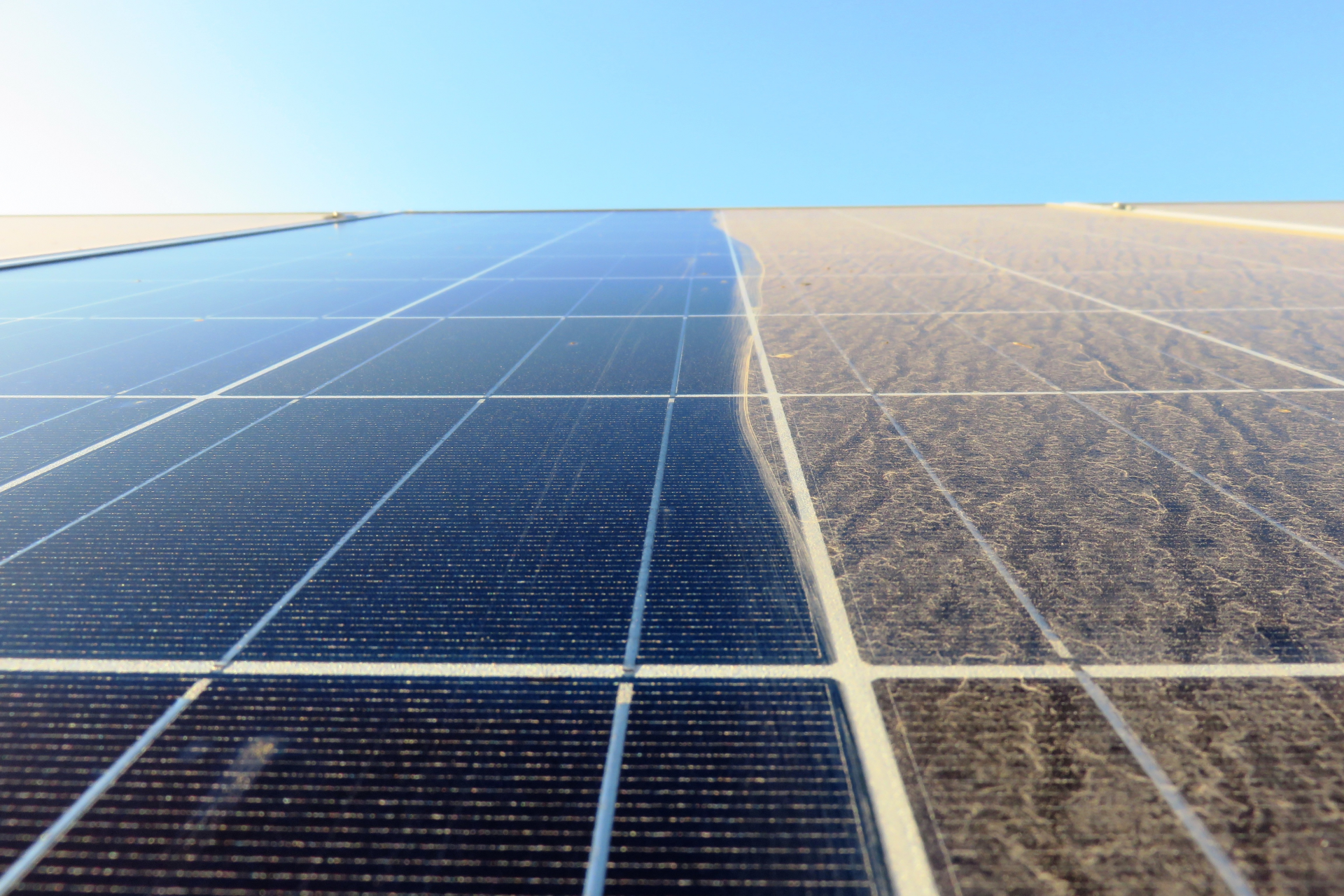Styles Of Roofs
Design Support • February 12, 2021
Styles Of Roofs
Everything you Need to Know About Roofing Styles
The roof is arguably the most important functional part of your home’s architecture and what provides shelter for the home below. Because of this great importance, we would like to cover some of the more important points that any homeowner should know about roofs and the many styles and arrangements in which they can be found.
Let’s begin with some very basic questions you should ask yourself:
Do you know what kind of roof is on your building or the building you are considering purchasing?
Are you planning on building a home, purchasing a new roof or repairing an older one? You will need to know all the details about the roof you will own.
Has your roof experienced any inclement weather conditions where rain driven by strong winds could damage the roof?
These questions and many more like them should be on your mind at every step of the way when facing roofing needs, building a new home, buying a new property and improving the roofing system you have now.
Do you find the extra living space found in a costly mansard or gambrel roof worth the slightly higher cost of living? Do you need the most budget friendly option you can find?
What is the style of the existing roof on the property? Or what type of architectural features are found in the neighborhood. These points can help you determine which type of roof will be the best for your home. It is always best if your roof is harmonious with the surrounding area as it is the largest and most noticeable architectural element as well.
As you scan your local area you will probably notice that there are different styles of roof and some are more common than others. You will find that specific types of roofs are preferred in specific regions as they are better able to withstand the attrition of the local elements and weather conditions.
You can ask around, or you can consult your favorite online search to see what the different roof styles, designs and materials are and how they can look in a variety of applications.
Furthermore, having this kind of information under your cap will make it easier for you to communicate with your roofing contractors. Knowing exactly what you are looking for and asking for will make it easier for you to find what you are looking for in a very large market.
Furthermore, a roof is not a set-it-and-forget-it investment. The roof will last only so long, but this service life can be greatly increased with proper care, maintenance and service for small problems before they become big ones.
What is a Gable Gabled Roof?
A gable roof is the triangular type roof with an inclination on either side. And when you draw a picture of a house this is the type of roof you are more than likely to depict. These roofs are preferred because they are easy to construct and maintain. As a matter of fact, this is the basic structure on top of which other roofs can be built.
Because gable roofs can be applied successfully in so many situations, they are an especially popular choice for a wide variety of structures.
But the roof can be more complex, and include multiple gables, crisscrossing gables, Dutch gables or front gables. This means there will also be more hips and valleys. Metal roofing tiles and seams are going to be important to keep out moisture and leaking that will otherwise deteriorate the conditions of structures below.
If you live in a region where snowfall is an expected weather condition, the angle of the roof will do much to keep the weight of snow from building up on the structure. It is widely considered best to use a 40° angle in areas with heavy snow.
Another good reason that the angled roof is a good option in colder regions is because it allows rain snow and ice to slide off the slopes. The shape is also perfect as it allows for more space within the attic area of the roof, this is typical of many homes you will find in the US.
There is one downside to gabled roofs, however. Their shape and construction can mean that they are especially susceptible to damage from high winds during hurricanes. The eaves that overhang from the gable roof are also vulnerable to damage by wind and rain
Types of Gable Roofs
There are four main types of gable roofs. Here is what you need to know about side gables, front gables, crossed gables and Dutch gables.
Side Gables
This is the most typical type of gable roof and includes two sides that are pitched against each other to form a roof in the form of a triangle. If this roof is left opened along the middle, it is referred to as an “open” gable roof. Then these are called closed or boxed in gable roofs if they are not left open.
Front Gable Roof — this type of roof is often found on a colonial type home and often built over an elaborate entrance way to a porch.
Crossed Gable Roof — this type of roof is built of two perpendicularly-combined roof sections, they can also be built at right angles. Tudor style and cape Cod homes typically feature these roofs. The two segments can be of the same width and height or feature an asymmetrical design that can be used to provide accents to various areas of the home.
Dutch Gable Roofs —also called a gablet roof, this type of roof is a cross between a gable style roof and a hip roof. This adds a very interesting architectural feature and also adds attic space to the roof. Basically, what you are looking at is a gabled roof placed on top of a hipped roof, to provide a perfect solution to both roof types.
Then you will see that there are many variants as well that can be combined to showcase the versatility of the various types of roof.
What Is A Hip Roof?
After gables, a hip roof is the next most common type of roof you will find.
What is the difference between a hip vs gable roof?
Hip roofs have a total of four slanted roofs that come together at the top, but gable roofs only have the two sides. The slight difference between the two means that hip roofs are the preferred choice for regions with ice snow and rain, as the slopes allow the precipitation to roll off easily.
The hip roof is also considered the more stable option because the inward pitch includes four sides that come together nicely. They can also be crafted from a variety of different materials including asphalt shingles, seam metal as well as concrete or metal tiles.
Even though these are often a more expensive choice than your regular gable roof, this is often the preferred choice because it is stable and provides storage space. The extra cost is due the additional materials and specially designed interior structures that increase the strength of the building.
What is a Gambrel Roof?
Gambrel roofs – sometimes called a barn roof or a barn-style roof, this type of roof is very similar to the mansard roof in many ways. But unlike the mansard roof, the gambrel roof only features two-sloped sides, not four. This makes the structure more triangular than the square or rectangular shaped roof.
The gambrel also has one steeper slope and a much gentler one. The steeper slope can be almost vertical and this also offers extra storage or living space in the upper areas. You will often find this gambrel style roof on Dutch colonial or Georgian style architecture, as well as homes with barn-style roofs and even used often in exterior buildings like sheds.
The gambrel can have a more sophisticated or more elegant look to them and this makes them one of the more versatile types of roofs.
Dormers
Windows and dormers are a beautiful architectural feature that allow for plenty of light into the upper areas of the home, like the garret and loft area. They also generally improve the aesthetic appeal of the property.
Nevertheless, there is a considerable downside to these roof options. They can increase the chances of moisture entering the roof as they increase the number of places where these issues typically occur. If you do have dormers on your roof, you can offset this problem by keeping up with your regular inspections. It will be especially important to checking the conditions of the flashing as this is critical in keeping out moisture.
These architectural features are commonly placed on a gambrel roof because they are especially easy to construct and also look very attractive.
A gambrel style roof only requires two support beams and gusset joints. This means that the costs of materials for building the gambrel roof will also be very low when compared to other types.
A gambrel roof can be fitted with slate, asphalt or wood shingles depending on the needs of the home below. Metal roofing is also a good idea as it is economical and especially long lasting.
If you have a gambrel roof on your building, or are considering building a home with a gambrel roof there are some important considerations. For example, if you live in a region frequented by storms or with a climate of strong rain and wind, the gambrel roof may not be the best selection. Heavy snowfall is another bad thing and can cause serious damage if it piles up.
If you do have a home with a gambrel roof in a region with especially strong weather, consider reinforcing your roof with trusses on the upper part, better still, add them to the entire structure.
THE SALTBOX ROOF
The saltbox roof is another type of asymmetrical roof that is most commonly found in earlier versions of Cape Cod or Colonial style buildings. They are best identified by their lean-to shape with one shorter side that is almost a flat roof and one longer side that slopes away.
This type of roof was actually named for the original salt boxes that were used in England long ago. The sloped design made it easier to pour salt from this specially shaped box than to pour it from a cube.
As a matter of fact, there is an interesting story about these saltbox roofs.
These types of roof started popping up organically as many of the settlers along the East and North East coasts of the US began to add a lean-to structure to their regular gable roofs. This allowed them to have more space in their home for a very small amount of building materials.
After the good idea began to catch on, it became popular to add this type of roof to a variety of structures as it allows for another room and half a story to the home’s structure.
There are many other positive points about the saltbox roof as well. In addition to the increased living space and storage space, the extra room also allows for rain, snow and ice to roll off the roof easily.
The saltbox roof supports all types of roofing materials as well. You can use asphalt shingles, wooden shingles, slate or composite shingles as well as any variety of shakes made of cedar, for example.
But there are some downsides to this option as well. There may be situations where the slanted roof and ceilings can cramp the living space, which is otherwise abundant in other types of roofs.
Furthermore, you may find that the complexity of building a saltbox roof will add its own problems to the roof. It will obviously be a greater investment than a gable or a hip roof, but if you consider the fact that there will be added value to the property — it may be worth it.
What is a Butterfly Roof?
The butterfly roof is a type of roof that folds upwards from the middle in a “V” shape like the wings of a butterfly. The valley runs down the middle.
This is an especially intelligent design and also very attractive as well. The butterfly home has an abundant use in arid climates as the rain that does fall can be collected as it runs down the middle of the roof. This water can then be collected in a cistern or reservoir as needed.
Another nice reason for the butterfly roof is that windows of the home can be especially large, this means more natural light and therefore less energy expenses. Solar panels are also easily added to the butterfly roof which improves its efficiency.
Despite the many benefits of this type of roof there are some setbacks that you should be aware of. For example, the architecture is a bit more complex, therefore it is a much larger investment than most other types of roofs. Furthermore, you will want to spend a bit more to make doubly —no, TRIPLY— sure that water and moisture will both be entering the home.
Finally, a butterfly roof is a bit more complicated than your average roof and this is evident in the preferred materials for this type of project. EPDM rubber and PVC are some of the suggested materials, but metal roofing has also been used with great success.
The very large windows and open design of the roof will mean that the home will not be as well insulated from the temperatures outdoors. This could be reflected in a considerably high energy bill.
What is a Flat Roof?
As you may have guessed, the flat roof is a roof with little or no inclination whatsoever, but they often have a slight pitch that allows for water to run off. Flat roofs can also be made of a great variety of materials including tar and gravel, metal sheets, roll roofing, TPO, PVC and EPDM.
There are plenty of advantages to having a flat roof. For one, if it is truly flat, you have a terrace upon which you can place your deck or patio. Then, depending on the specifics of your roof, you can then even construct a roof over a portion of that roof to provide you with a penthouse style room on your roof.
A flat roof is a good place to keep certain heating and cooling apparatus as well. Up here, they will not be cramping space in the round below. This obviously applies to having your solar array installed on your roof as well. A solar array can greatly enhance the efficiency of the home below and this makes your flat roof a bit eco-friendlier.
But if you don’t have a good roofing company that specializes in flat roofs, it can be difficult to care for and maintain a flat roof.
Green roof
On a flat roof, you can even choose to plan a special garden in the abundant sunlight. Not only is this especially good for the environment, but it also adds a layer of protection from the rays of the sun and this allows your HVAC system to work less and consume less energy.
Flat Roof vs Pitched Roof
Depending on the location you live and the weather you experience on average, you will have a choice between flat and pitched roofs for your building. Of course, there are many possibilities for using a combination of the two roofing options as well.
Remember that not all flat roofs are actually flat, many have a slight pitch that keeps water from pooling. It is important to consider the need for gutters, scuppers and drains to keep runoff flowing properly and not into the ground around the building.
Flat roofs have a modernistic look and are often a more cost-effective solution to roofing needs in the long term, certainly more so than gabled, sloped or pitched roofs. A flat roof can be an especially good decision for homes in the Southwest where the rainfall is low.
But pitched roofs have their many advantages as well. For one, they offer better wind and rain resistance. In regions where the seasons can bring with them heavy rainfall or storms with ice and strong winds, sloped roofs are the preferred roofing option.
For this reason, those homes in the Northern parts of the country will typically have sloped roofs to protect against inclement weather.
Pitched roofs are typically made of asphalt, slate, concrete, terracotta or metal shingles, standing metal seams can also be used.
Types of Roofing Materials
In addition to the form and style of your roof, you will want to consider the materials you will be applying to your roof to protect it from the attrition of the elements. In addition to the needs of your location, you will want to consider your vision for the aesthetics of your home as well as the budget you have for this project.
Asphalt shingles
These are the most common type of roofing material and will function well with any roof design. But they aren’t perfect. Asphalt is not nearly as long lasting as many other roofing materials. If your home is in a region that is frequented with storms, tornadoes, hail, earthquakes, fires, windstorms and any other type of strong and destructive natural phenomena, you can bet that your asphalt roof will be the first thing scattered far and wide.
Clay or concrete tiles
If you do live in such an extreme weather location, you may want to consider the benefits of concrete or clay roofing tiles may be the best choice for you. While they tend to be used in hotter climates for their especially impressive thermal barrier, they can also be used in windy places as they can withstand updrafts of up to 125MPH.
Slate roofing
Slate roofing is considered by most to be the last word in luxurious roofing options and for good reason too. Slate roofs are not just strikingly beautiful, but they can last longer than a century. As a matter of fact, many slate roofs have been repurposed after the structures below have become derelict.
Wooden shingles — another good option for those in the market for long-lasting roofing materials is wooden shingles or shakes. These can be made of cedar, which is an especially moisture – and rot-resistant wood. They also look amazing and can be used with any of the above-mentioned roofing types.
Another good reason to go with the wooden shingle is that they have the capacity to replicate other roofing materials and do so in a perfect way.
Stone coated steel roofing
If you would like the impressive performance of a steel roof, but the look and feel of a stone roof, you can have the best of both worlds with a stone-coated steel roof. There are also other composite roofing materials that could be a good idea for your home.
However, these types of roofs are best reserved for those roof styles that feature a very low inclination and roof pitch. The weight of these roofing options will not be properly supported by roofs with a steep pitch.
But if you are not sure about what the best roof type or materials will be for your roof, it always helps to get the help of an expert in roofing. A roofing contractor can help you better understand the needs of your building in consideration with the weather conditions you will be facing.
